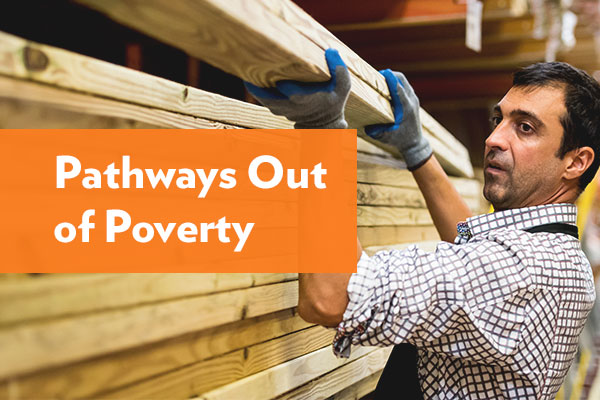Media

What’s the Goal of Welfare Reform?
Pennsylvania's welfare system focuses on how much one needs to “get by” or how many different services and programs one can qualify for. These are well-intentioned attitudes that stem from a serious desire to give dignity to every person, but they are unhelpful and even harmful in the long-term.
Instead, welfare programs should ask what is your biggest obstacle to work or how can we help you find that next best job?
That's a night and day difference. The difference between making poverty tolerable and equipping people for long-term success and independence. In the end, fewer individuals on food stamps (SNAP) and Medicaid should be everyone's goal.
When individuals receiving food stamps in Kansas and Maine were required to work or volunteer part time, half of those who left the program had their incomes double within a year. Returning to work improved their lives.
Likewise, roughly 535,000 fewer Floridians depend on food stamps due to the power of work requirements.
Even states with relatively small human service programs are embracing this view of work as the pathway to prosperity. Last year Nebraska instituted a SNAP re-employment pilot program designed to help recipients find that next best job by bringing together human service and department of labor resources. To date, the increased annual salary on average for participants is $10,249. About half of the clients helped thus far have been able to decrease the amount of SNAP benefits needed, and the other half no longer have a need for SNAP benefits at all.
The Medicaid work waiver and food stamp work-first reforms sweeping the nation are controversial, but they shouldn't be. There is nothing controversial about pursuing policies that help people live better lives.
If modest reforms in a program like SNAP can help tens of thousands bolster their incomes and quality of life, imagine the potential for Medicaid.
Medicaid enrolls a quarter of Pennsylvanians. It is inefficient, low quality, and growing at an alarming rate. State and local taxpayers provide more resources to the healthy low-income Medicaid population than to families in severe poverty, about $7,895 per capita, compared to $4,500 per capita. Dozens of waivers indicate the program is ill-suited for today's complex medical needs and research has shown private insurance provides higher-quality care than Medicaid. Plus, Medicaid spending in Pennsylvania is growing at a rate of 5.7 percent, outpacing the state’s two percent economic growth.
We can be better stewards of limited Medicaid resources by using work and community service requirements to maximize prosperity and purpose for all enrollees. That's an uplifting and noble pursuit we should all be eager to join.